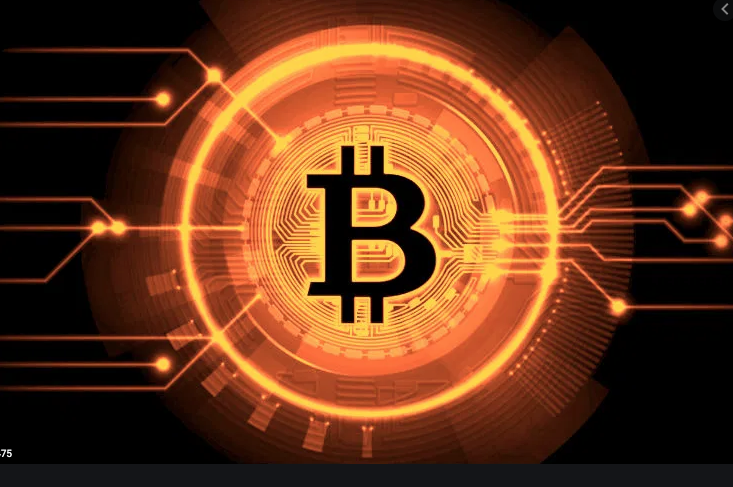The Fed's Thumb Prints
The average card carrying Austrian would say that the Federal Reserve is creating money by the bale with evidence being CPI prints of 8.5% per the Bureau of Labor Statistics or over 15% per John Williams’ shadowstats.com computation based on the way the government calculated CPI back in 1980. Surely, at best, the U.S. dollar is only the cleanest dirty shirt in the currency laundry basket.
But, Uncle Sam’s dollar continues to strengthen, with the result being market crashes in…everything. “People have started to realize that when the dollar goes up, it’s not good for anybody,” Alhambra Investments’ Jeff Snider told Maggie Lake on Real Vision. Snider’s “anybody” doesn’t just mean stock, bond, and crypto punters, but Joe and Jane Lunchbucket as well. A strong dollar “really tells you that there’s something really amiss in the global financial system, global economy, and global monetary system,” Snider said, covering all the bases.
So what gives? The dollar’s value is a symptom, and when it goes up, “what that tells you is that there’s tightening in the global monetary system for a variety of reasons, usually self-reinforcing reasons,” Snider explained. Money is tight, markets are risk averse, with the result being a recession is coming forthwith.
With Powell & Company pushing up rates, albeit in the market’s dust, and instituting quantitative tightening, it would seem the Fed is doing the wrong thing at the wrong time unless the Eccles Building crowd wants to bring the recession to Americans as soon as possible, hoping to the downdraft will cleanse the malinvestments that have built up since post-2008 ZIRP and especially the papering over of the COVID crash with monetary and fiscal handouts. Or, as David Rosenberg told Alex Gurevich “we had several very repeated large scale fiscal stimulus packages. The last one in March of last year, clearly unnecessary untargeted stimulus checks and endless jobless benefits, that really created distortions in the labor market to this day.”
There have been inversions along various points of the yield curve, “telling us that something is just not right there,” Snider claims. All of this “tells you that the chances of something negative happening have been rising.” And, more quickly during the past month. So while employment numbers have been robust, employee’s 401Ks, as a recent cartoon depicted, are down to just “K.”
Despite what we’re led to believe, the Fed is as political as, well, the Supreme Court, it turns out. Powell’s army of PHd economists only have one gear to play with: the ability to create money at different speeds, or hit the monetary brake. Chair Powell can do nothing about supply shocks like straightening the supply chain, making the unwilling go back to work, or changing China’s COVID policy. Monetary magic won’t make this price inflation vanish.
GDP, for what it’s worth, was negative in this year’s first quarter, but Snider pointed out that Q3 and Q4 of last year were also weak. “Three straight quarters of really low, almost zero numbers.” ISM has also been nosediving. Snider pointed out that the ISM level is the same as in 2019 and headed in the same downward direction. Three years ago the Fed was cutting rates, yet this time they are hiking rates.
According to Snider, the marketplace believes Powell is playing politics, feeling consumers’ pain, “raising rates for reasons that are their own,” and with that, “there’s that risk of rates continuing to go higher.”
To that end, “If the name of the game is to kill this sort of pernicious supply side inflation, a recession is the only way we’re going to be able to do it,” David Rosenberg told Real Vision.
Murray Rothbard explained in Economic Controversies, “For without the anodyne of continuing inflation of money, the distortions and misallocations of production, the overinvestment in uneconomic capital projects and the excessively high prices and wages in those capital goods industries become evident and obvious. It is then that the inevitable recession sets in, the recession being the reaction by which the market economy readjusts itself, liquidates unsound investments, and realigns prices and outputs of the economy so as to eliminate the unsound consequences of the boom. The recovery arrives when the readjustment has been completed.”
“There's been 14 Fed rate hiking cycles in the post-World War II experience, 14,” Rosenberg emphasized. “Eleven landed the economy in a recession. I pose the question back to you, is that just a coincidence? Or is it really a pattern? The Fed has had its thumb prints on every expansion, on every bull market, on every recession, and every bear market, the Fed has had its thumb print.”
Mr. Powell has brought economic winter upon us.






